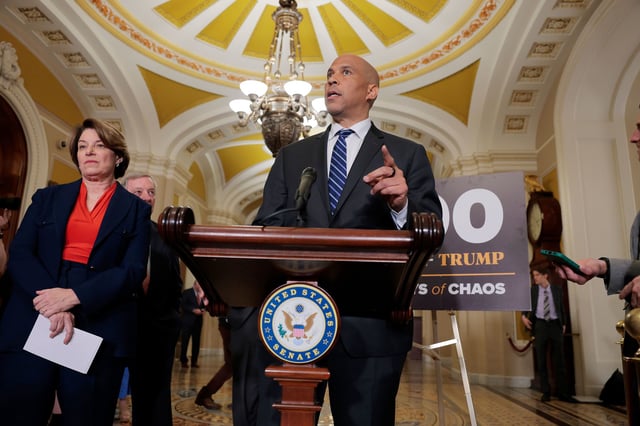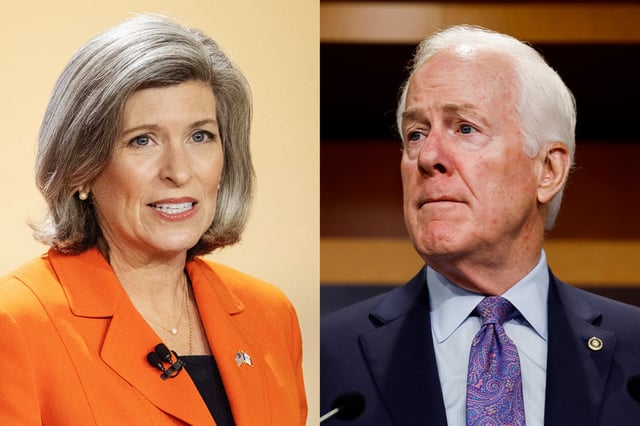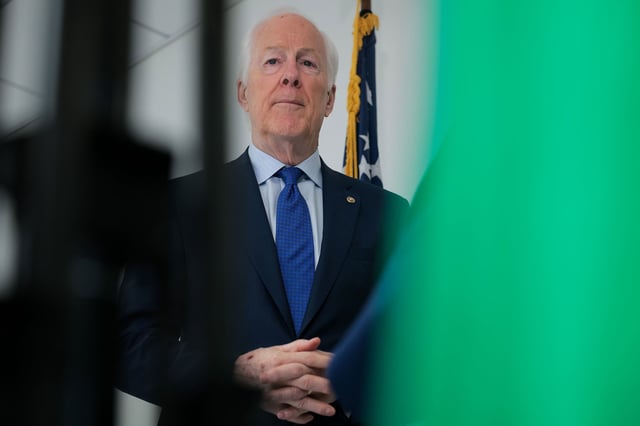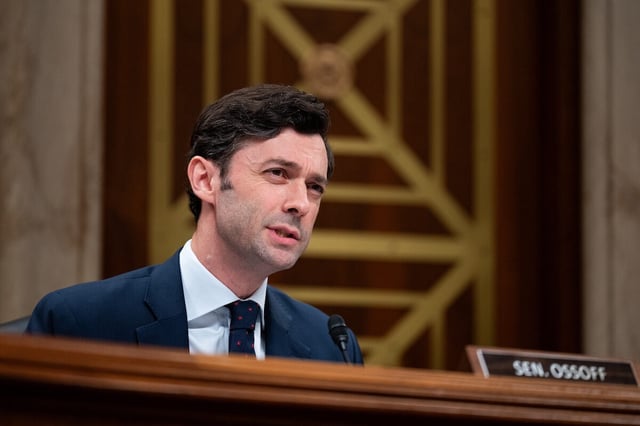Overview
- The July 15 deadline produced comprehensive Q2 FEC reports covering April–June fundraising and cash-on-hand figures for key 2026 and 2028 contenders.
- Senators Cory Booker, Jon Ossoff and Susan Collins reported $19.6 million, $15.5 million and $5.25 million in cash reserves respectively as they prepare for reelection.
- Rep. Elise Stefanik set a New York Republican record with $17.5 million on hand, while potential 2028 contenders Alexandria Ocasio-Cortez and Ro Khanna ended Q2 with $9.8 million and $14.2 million.
- All seven Republican House members in competitive districts held at least $1 million in their war chests at the close of the quarter, led by Mike Lawler’s $2.2 million.
- GOP-aligned House committees raised $60 million in the first half of 2025, outpacing the $40 million raised by their Democratic counterparts and signaling organizational advantages.



